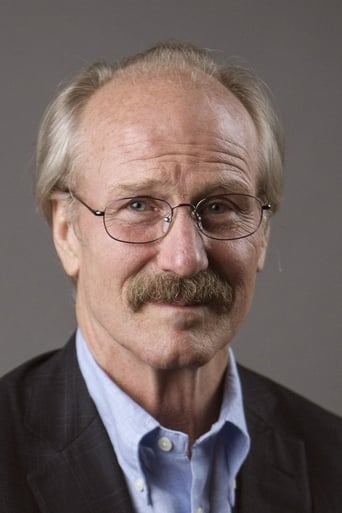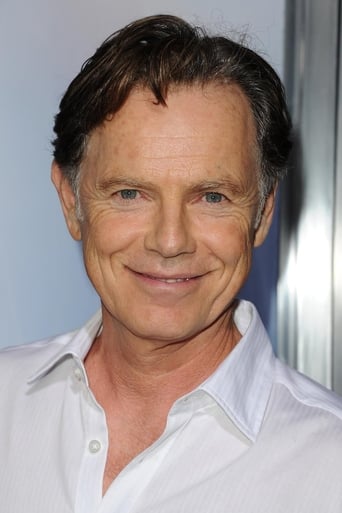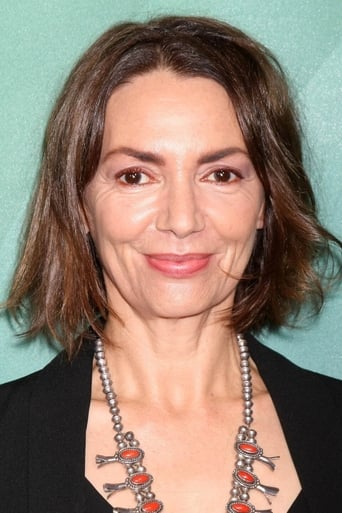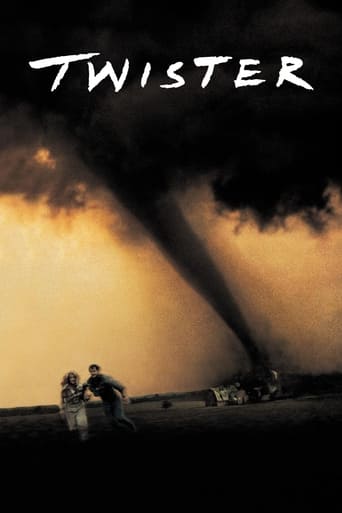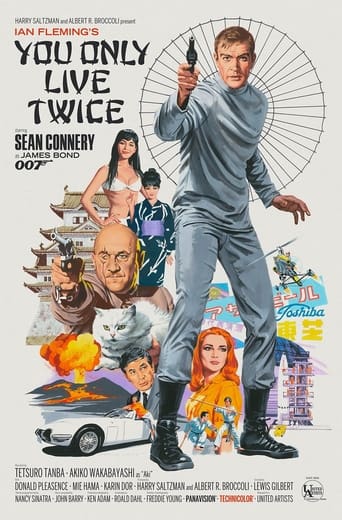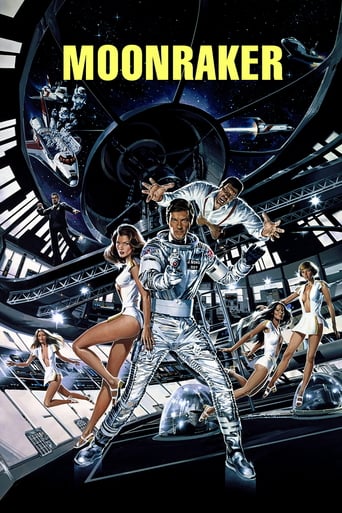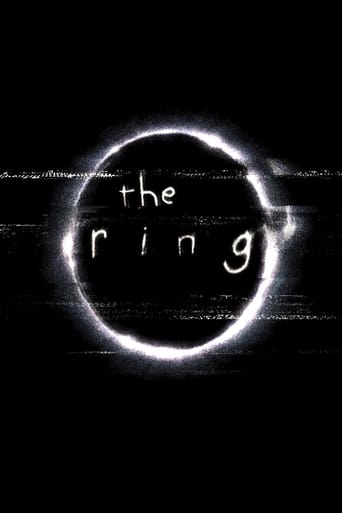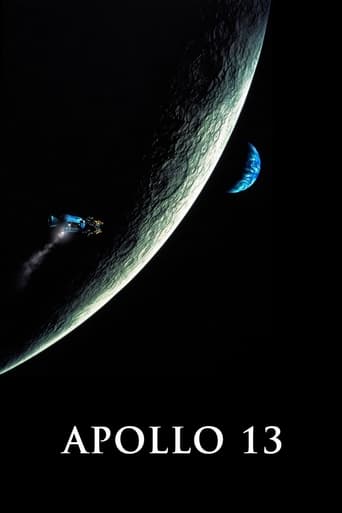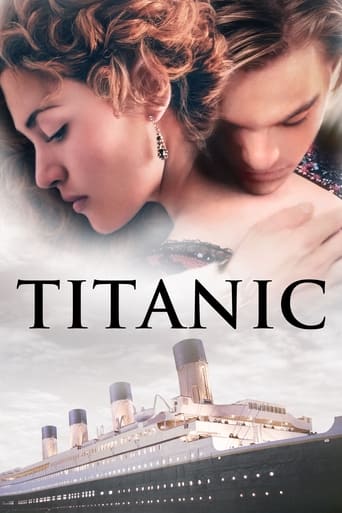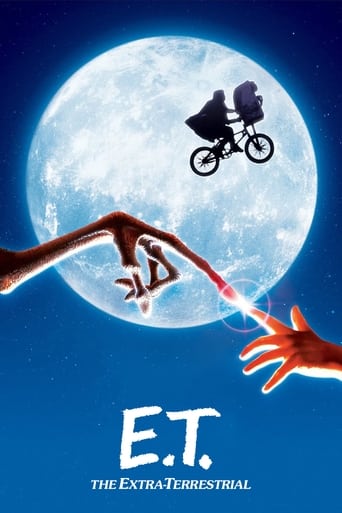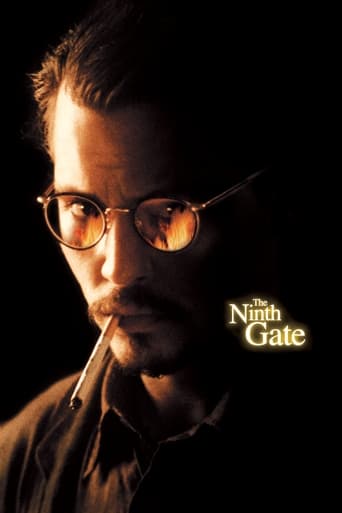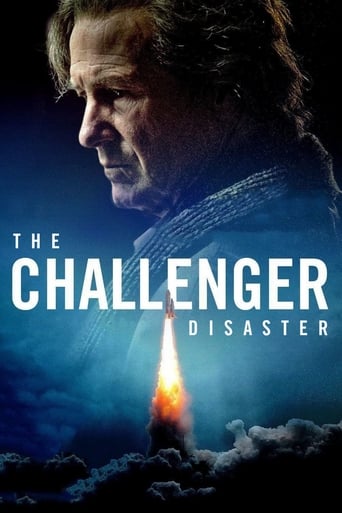
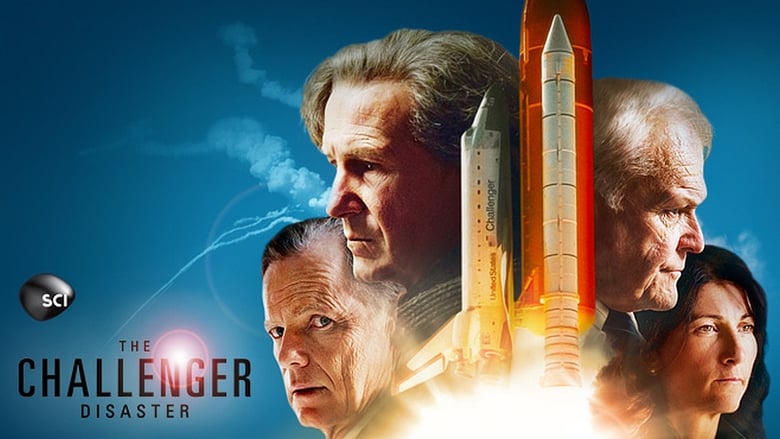
The Challenger (2013)
When the space shuttle Challenger blew up in 1986, it was the most shocking event in the history of American spaceflight. The deaths of seven astronauts, including the first teacher in space Christa McAuliffe, were watched live on television by millions of viewers. But what was more shocking was that the cause of the disaster might never be uncovered. The Challenger is the story of how Richard Feynman, one of America's most famous scientists, helped to discover the cause of a tragedy that stunned America.
Watch Trailer
Cast


Similar titles
Reviews
The Worst Film Ever
A lot more amusing than I thought it would be.
It is not deep, but it is fun to watch. It does have a bit more of an edge to it than other similar films.
The movie really just wants to entertain people.
This gripping film focuses on the Rogers Commission investigation of the Space Shuttle Challenger disaster in 1986, through the eyes of the late theoretical physicist and Nobel laureate Richard Feynman. The lead role is acted brilliantly by William Hurt as his determination to uncover the truth is tested by political intrigue, denial of responsibility, and his own personal battle with illness. Hurt has a strong supporting cast including Brian Dennehy, Bruce Greenwood, Joanne Whalley, and Eve Best who all played their roles very well. The script was also of a very good quality, and this helped make this film all the more enjoyable to watch. I enjoyed such lines as (when talking with a lawyer) "How's your integrity?" although this is a small example. All in all I thought this was a very good film and a fitting tribute to Richard Feynman and his dogged struggle to bring the truth to light following an event that shocked the American public and changed their space program forever.
I can't believe William Hurt, who to me, has always been a great actor, didn't get award recognized for his portrayal of brilliant real life scientist, Richard Feynman, called in to help find the source of the 1986 Challenger disaster. Feynman working tooth and nail, becoming work obsessed, his health not the best, was the one, who pinpointed the cause. This is a very engrossing movie, where over 90 minutes, it deals with the aftermath of that horrific day, where Feynman was called to Washington, from His L.A home I presume, to help with the investigation, and gets entangled into political issues, going up against the big guns, making a few enemies, quick. Feynman was an admirable character, and Hurt gives it such clout, in what really is a remarkable performance, no acting credit or not. This is a character you can't pull the wool over or befool. Joanne Whalley was really good, surprisingly really good, as his concerned wife, while Brian Dennehy was solid, as the slightly shady guy leading the investigation. One CIA Sergeant (Bruce Greenwood, solid as always, with this being no exception) teams up with Hurt, where they become good friends. Greenwood uses discreet methods to divulge some info, for why the shuttle took off that day, which was quite disheartening. On the whole, this t.v. movie is engrossing like I aid, where the other plus is Hurt. Why can't he make a comeback, which I what I say to myself with each recent film he does. A movie that has you from the word "Go", it's last scene, memorable.
In the preface to your movie Challenger Disaster you state, "This is a true story." Well not completely. I happen to be part of the story, so I want to correct the record. The scene in which I, Dr. Judson Lovingood, am sworn in at the Presidential Commission hearing and I am asked about the failure probability of a Space Shuttle Mission, did not occur. First the discussion between Feynman and me regarding failure probabilities occurred in a conference room at NASA's Marshall Space Flight Center. Second, the issue discussed concerned the failure probability of the Space Shuttle Main Engine, not the entire mission. Third I appeared before the Commission on February 6, 1986 and February 26, 1986, and none of my testimony involved failure probabilities. (Mission failure probability was a Johnson Space Center responsibility, and JSC would have addressed that issue to the Commission.)These points can be verified by referring to Feynman's book, What do I care what other people think? and the Commission Final Report. On p. 180 of Feynman's book Feynman has a discussion with Louis J. Ullian, Range Safety Officer at Cape Canaveral. After Uliian told Feynman that NASA, not Judson Lovingood and not in Commission Testimony the failure probability of the shuttle solid rocket was 1 in 100,000, Feynman stated to Ullian, "That means you could fly the shuttle every day for an average of 300 years between accidents –every day, one flight, one flight, for 300 years—which is obviously crazy. Ullian attributed the number to the "man in charge, Mr. Kingsbury." The movie attributes Feynman's remarks as being made to me regarding mission failure at a Commission hearing, which is a lie. Also you fail to present in the movie as Feynman states in his book that I provided him a document giving the 1 in 100,000 failure probability number for the main engine. The document was approved by the same James E. Kingsbury, noted above, who was Marshall Director of Engineering; so the number I gave him (1 in 100,000) was an engineering number. The title of the document is Space Shuttle Data for Planetary Mission Radioisotope Thermoelectric Generator (RTG) Safety Analysis, NASA/Johnson Space Center Report JSC 08116, February 15, 1985. JSC Shuttle Program Documentation stated that shuttle success probability is necessarily close to one and "the approach of determining when a vehicle is safe to fly based on a well evaluated and documented program with attention to details is superior to relying on a reliability number derived from an insufficient data base." I had told Feynman this, but he chose to ignore it. The main engine had a program involving rigorous manufacturing, quality control, development acceptance tests, qualification tests, between-flight x-ray, fiber optics scope inspections plus individual flight computers which monitored pressures and temperatures to shut off the engines if red lines were exceeded and redundant components. In addition there were Abort modes involving Return to Launch Site, Overseas landing in Spain and Africa, and Abort to Orbit mission modes which avoided loss of mission. No Shuttle mission ever failed because of engine failure; so I say I am correct. The solid rocket did not have these features because they could not be monitored for in-flight shutdown (once ignited, they could only burn out.) Feynman did not know of these mitigating circumstances that lowered the failure probability of the engine and then lowered the probability that an engine failure would cause mission failure. He jumped to his precipitous conclusion and dared not study the report I provided. In fact Feyman was so caught up in calling me a manager and in celebrating the guy who gave him the 1 in 200 number, he never knew that the 1 in 200 number guy was the top manager of the Space Shuttle Main Engine Project. Yes, you got it; he was a manager. An engineer never gives "'99-44/100% pure' (copying the Ivory soap slogan)". This is Feynman's 1 in 200 number, which he made such an issue of, and it came, not from a Marshall engineer, but from Marshall's top main engine manager. Marshall's top engineer, James E. Kingsbury, signed the official NASA report stating the number was 1 in 100,000. This was in the report I gave Feynman and was the number I cited.Feynman knew all about the NASA failure probability numbers racket. He had an agenda to make the point that NASA management was not listening to its engineers. And ironically he picked me as the manager. And I was the manager/engineer who tried to get Marshall management to notify headquarters and Houston that Thiokol wanted to delay the launch, and we needed to have a meeting to discuss a launch delay (See Commission Testimony.) And the engineer (the 1 in 200 guy) was the Main Engine Project Manager. Finally, in the Commission scene with George Hardy, Judson Lovingood and Larry Mulloy as sworn witnesses, the actors have Hardy stating that the o-rings were good from -40F to -50F, then the Mulloy actor confirms this and then a commissioner actor states just to be sure that Hardy is saying that the o-rings will be resilient at 80 degrees F below freezing. The Hardy actor confirms this. This is a lie. Hardy's and my testimony was that the booster had been qualified to +40F mean propellant bulk temperature. No one ever testified that o-rings would function properly below zero degrees F. This movie is all about Feynman's egotistical and narcissistic character, and it is infested with lies and defamatory distortions and reflect on my integrity. Its purpose is unclear. Feynman was a University professor in a multifaceted multi-billion dollar government/industry space program that he could not grasp the complexities of. That is why Rogers kept him on a short leash. The Feynman actor repeatedly refers to B.S. B.S. accurately summarizes the movie.Judson Lovingood, PhD
This is a drama-documentary that has been co produced by the BBC and they managed to attract a star cast with Oscar winner William Hurt playing distinguished scientist Feynman and Bruce Greenwood continuing his mini run of playing nice guys as General Kutyna.The drama is based on the Space Shuttle Challenger disaster of 1986 and the Presidential commission set up to investigate the accident and the various factions some with their own self interest at stake who wanted to hinder the investigation or put it down to human error.The film had to summarise these investigations and sell it to the viewer in an easy to understand way and Feynman is the vehicle who was famous for making science accessible.Hurt portrays the man as dogged but he was also very ill at the time of the investigations. Kutyna gives him clues along the way. Eve Best who plays Sally Ride was rather sidelined, in real life she was more outspoken with the deficiencies of NASA when it comes to safety.It all came down to 'O' rings and how they reacted in sub zero temperatures and the reveal at a press conference was exactly how it happened in real life.A good well acted drama but a little bit too nicely packaged to make it digestible for the viewing audience.


